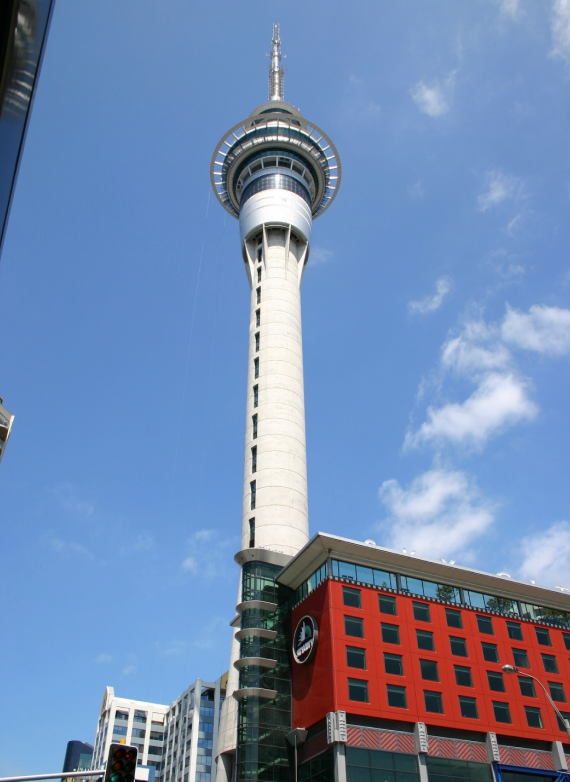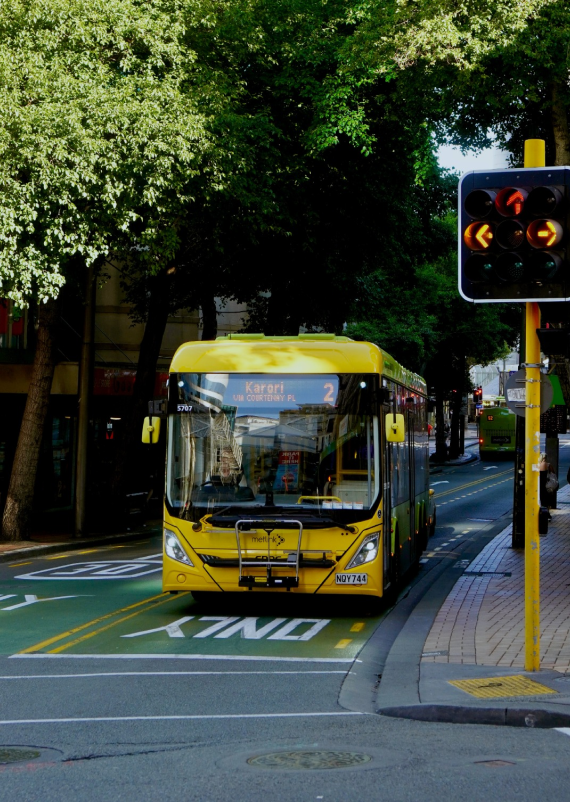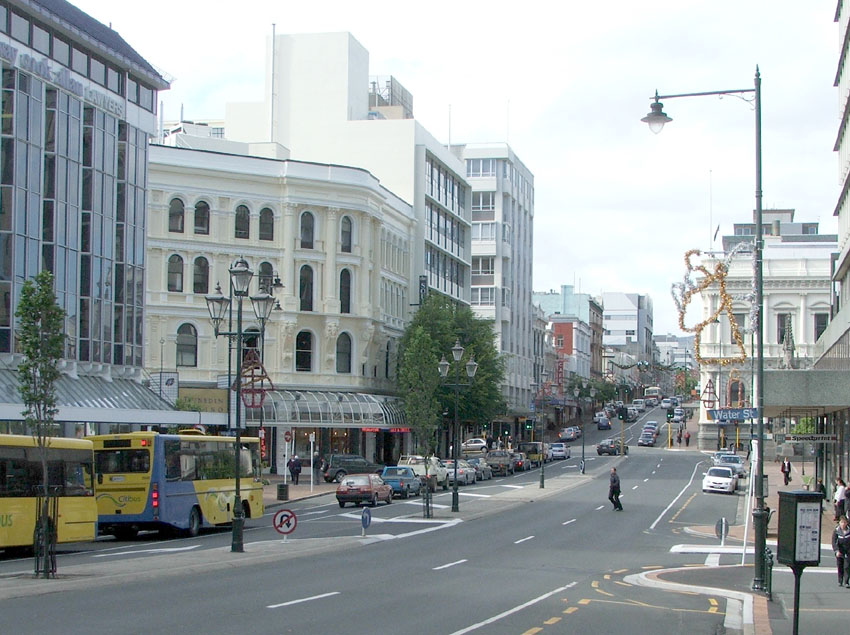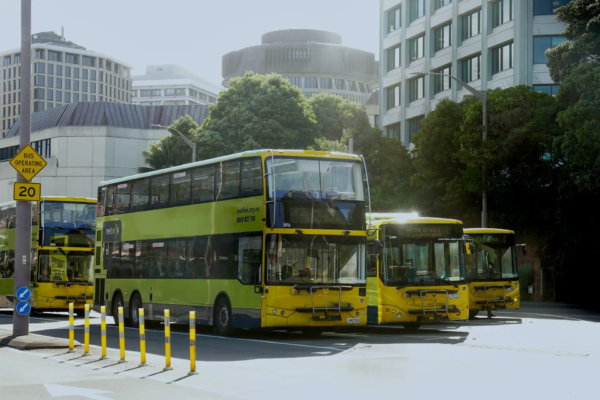25 Mobility Management
25.0.1 Description
At the core of mobility management are ‘soft’ awareness-raising measures like information, communication and marketing campaigns.
Various user information and promotion campaigns to encourage ("nudge") people to drive less and rely more on resource-efficient modes. They vary in scope and method. They can include:
- Targeted improvements in non-auto travel information, such as multimodal navigation apps and local wayfinding systems.
- School or work commute transport management campaigns.
- Special event and tourist travel management
- Promoting non-auto modes for travel to specific destinations such as a downtown or medical complex using multimodal access guides (brochures and maps showing alternatives to driving).
- Promoting use of a particular mode, such as bicycling or public transit.
- Personal travel planning, which are direct marketing programs help individuals try resource-efficient modes.
- Marketing research to understand the factors that influence travel decisions.
25.0.2 Type of travel affected
Varies depending on program type. Most marketing programs only address a small portion of total travel.
25.0.3 How travel and emission effects can be measured and modelled
Usually based on examples and case studies of similar programs.
Vehicle Travel Reduction Effectiveness
| # | Interventions | ‘Stick’ Elements | ‘Carrot’ Elements | Effectiveness |
|---|---|---|---|---|
| 1. | Congestion charge | Drivers pay to enter city centre | Revenues go to city’s sustainable transport schemes | 12-33% reduction in city-centre cars |
| 2. | Parking & traffic control | Remove parking spaces, alter traffic routes | Replace parking spaces with bike lanes and walkways, add car-free streets | 11-19% drop in city-centre cars |
| 3. | Limited traffic zone | Exclude cars from part of the city (except residents) | Violation fines fund public transport | 10-20% reduction in city-centre cars |
| 4. | Mobility service for commuters | Workers given free public transport pass, then private shuttles to workplace | 37% drop in car commuters | |
| 5. | Workplace parking charge | Drivers pay to park at work | Cash-out scheme for employees to use public transport; parking revenues fund public transport | 8-25% reduction in car commuters |
| 6. | Workplace travel planning | Parking management and removal of spaces | Discounts for public transport; improved bike infrastructure; advice to help commuters use public transport/walk/cycle | 3-18% drop in car use by commuters |
| 7. | University travel planning | Reduced parking on campus | Discounts for public transport; improved bike infrastructure; advice and promotion to students and staff of car alternatives | 7-27% reduction in car use by university commuters |
| 8. | Mobility services for university | Free public transport pass and shuttle connections for students | 24% drop in students commuting by car | |
| 9. | Car sharing | Car sharing access integrated to work and neighbourhoods | 12-15 private cars replaced by each shared car | |
| 10. | School travel planning | Advice and events to help students and parents walk, cycle or carpool to school | 5-11% reduction in car use for school trips | |
| 11. | Personalised travel planning | Discounted public transport; advice to help city residents walk and cycle | 6-12% drop in car use share among residents | |
| 12. | App for sustainable mobility | Rewards for achieving targets for walking, cycling or using public transport | 73% - proportion of app users declaring reduced car use |
Source: (Kuss and Nicholas 2022)
25.0.4 Secondary impacts
Can provide many co-benefits by improving non-auto travel convenience and reducing traffic problems.
Marketing will also play a role with the introduction of new technologies (Petrik & Martinelli, 2017).
25.0.5 Key Information sources
Bliss, Laura (2019), Durham’s Plan to ‘Nudge’ Drivers Out of Cars, City Lab (www.citylab.com); at www.citylab.com/transportation/2018/10/durhams-plan-to-nudge-drivers-out-of-cars/574264.
Describes a marketing program in a medium-size U.S. city that reduced single occupant vehicle trips among the participants by more than five percent.
Kuss, P., & Nicholas, K. A. (2022). A dozen effective interventions to reduce car use in European cities: Lessons learned from a meta-analysis and transition management. Case Studies on Transport Policy. https://doi.org/10.1016/j.cstp.2022.02.001Summarises effectiveness of various vehicle reduction strategies
Spears, Steven, Marlon G. Boarnet and Susan Handy (2013), Policy Brief on the Impacts of Voluntary Travel Behavior Change Programs Based on a Review of the Empirical Literature, for Research on Impacts of Transportation and Land Use-Related Policies, California Air Resources Board (http://arb.ca.gov/cc/sb375/policies/policies.htm).
Concludes that voluntary travel change programs can reduce participant’s vehicle travel by 5 to 8 percent.
Zhang, Yun, Peter Stopher and Belinda Halling (2013), "Evaluation of South-Australia’s TravelSmart Project: Changes in Community’s Attitudes to Travel" Transport Policy, Vol. 26, pp. 15-22 (https://doi.org/10.1016/j.tranpol.2012.06.008).
Surveys found that TravelSmart programs do change participant’s attitudes in ways that can reduce vehicle travel directly, and indirectly by increasing public support for non-auto modes.
1 https://timaru.metroinfo.co.nz/news/environment-canterbury-approves-on-demand-public-transport-after-trials-success/ and https://www.ecan.govt.nz/get-involved/news-and-events/2022/on-demand-public-transport-looks-to-the-future/
2 https://at.govt.nz/media/1981832/j004697-on-demand-shared-mobility-roadmap_v7_compressed.pdf





























